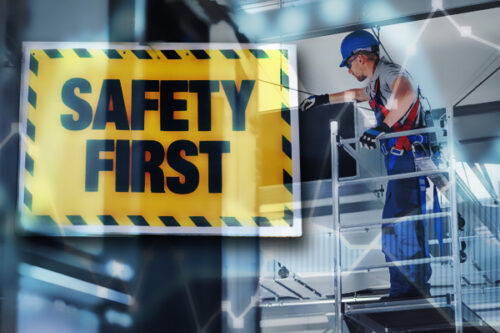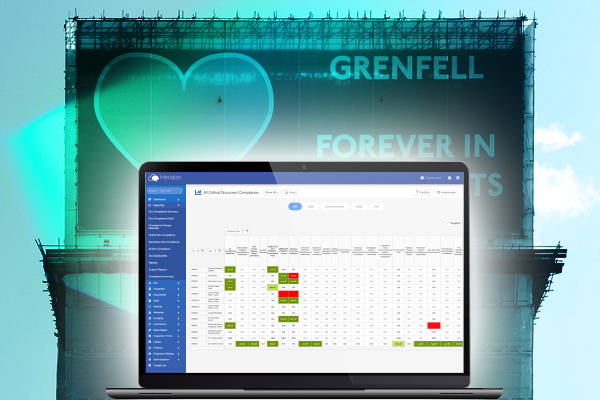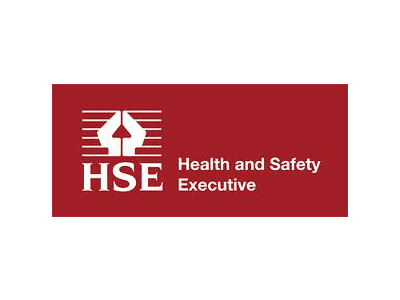October 17, 2024
The Building Safety Act 2022 has ushered in a new era of stringent regulations for the construction and management of buildings in the UK. It is a significant piece of legislation, which has introduced changes to the way that building safety has to be approached for in-scope buildings.
While these changes aim to enhance safety, many organisations struggle to navigate the complex landscape of compliance. In this article, we have outlined five common pitfalls in building safety compliance and the key strategies to overcome them.
1. Struggling to Keep Adequate Data and Records
One of the most significant challenges that organisations face is maintaining comprehensive and up-to-date records. The Building Safety Act 2022 introduces the concept of the “Golden Thread of Information” which emerged in the context of building safety in the UK following the Grenfell Tower fire tragedy in 2017.
Essentially, it means ensuring accurate and comprehensive information regarding the design, construction, and materials used in a building is available and accessible throughout its lifecycle. This also includes details about fire safety measures, structural integrity, and other relevant aspects.
Why it’s a challenge:
- Volume of data: Buildings generate vast amounts of information over time, meaning there is a large amount of health and safety data and documentation that needs to be managed.
- Multiple stakeholders: Data often comes from various sources and contractors, meaning that it to can be difficult to consolidate all this information in one safe, secure location.
- Evolving requirements: Regulations are always changing, meaning records often need to be updated and reviewed.








